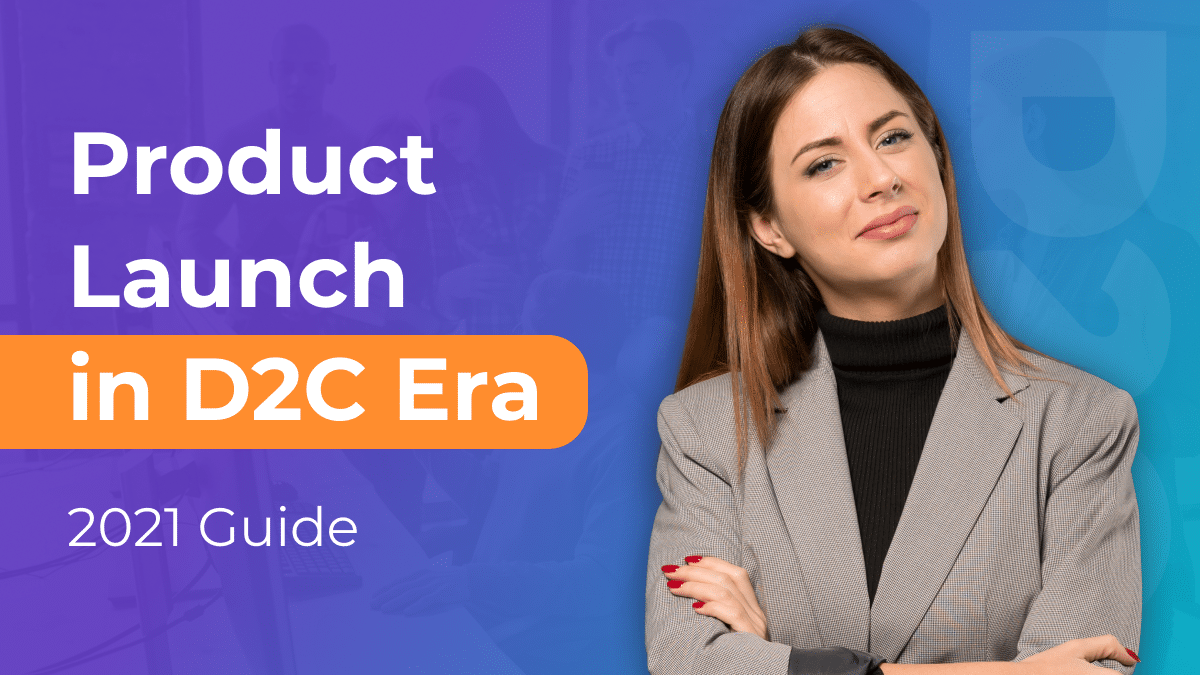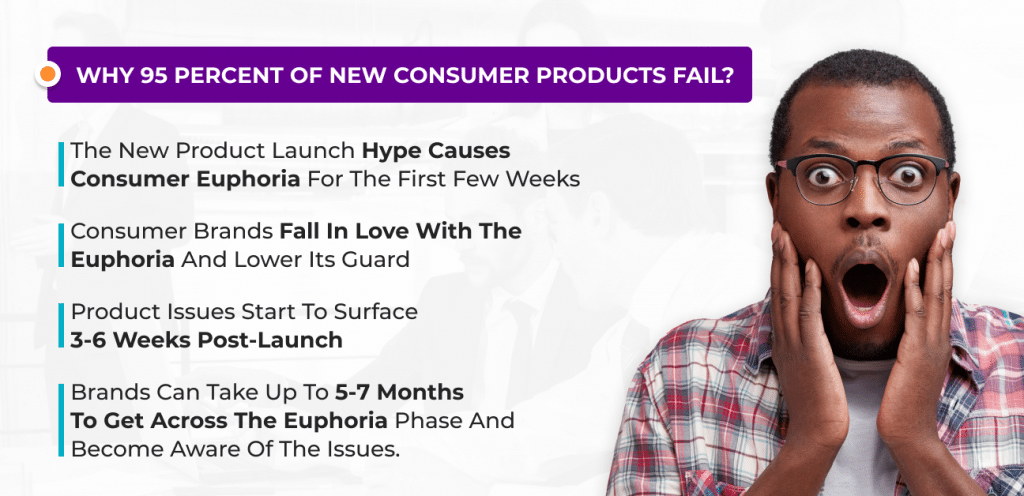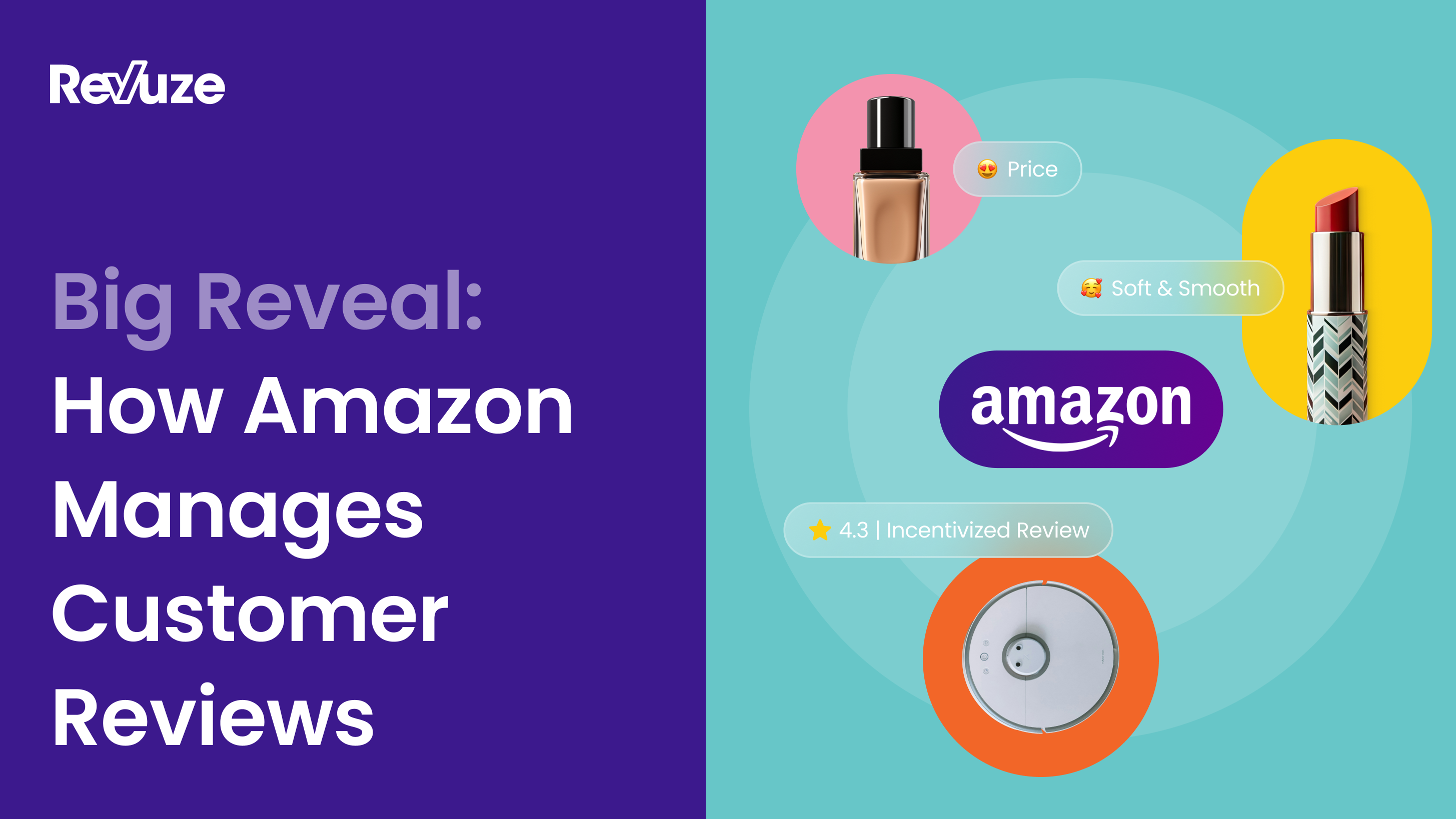
Product Launch In D2C Era
In current times online sales (eCommerce and Direct to Consumer – D2C) are booming. Many brands embrace D2C and other online sales methods to boost revenues while building a more direct relationship with consumers. To highlight a few recent examples –
- P&G recently reported unprecedented numbers amid the pandemic (Due to 35% eCommerce growth)
- Nike’s digital sales soar 75%
- L’Oréal Q1 2020: e-commerce saves the day (53% growth)
Traditionally, when brands launched a new product, the focus was not put on the online launch and online sales as the majority of sales and growth came from traditional retail (In 2019 online sales were 16% of the US retail sales). Now when eCommerce and D2C become front and center (predicted to be over 30% of US retail sales) you need to plan your New Product Launch with eCommerce in mind.
Start with online reviews and ratings in mind
The biggest driver for online sales is credibility. Credibility is gained via ratings and reviews.
According to research, 91% of people read them and 84% trust them as much as they would a personal recommendation. Another study shows that the average customer is willing to spend 31% more with a retailer with great reviews.
Online reviews matter to consumers as they are typically coming from verified customers and are pretty detailed by nature:
- Store-specific (Commenting on the specific experience within one online store)
- Low ratio of noise-to-insights (Low “chatter”, unlike social media)
- High level of granularity (Detailed feedback)
But how do you build out a product review base for a new product that is just launching?
You need to make sure that online reviews will be pouring in. For example:
- Offer free samples to employees, partners, retailers and ask for an online review in return
- Provide incentives to consumers to post a review – coupons, discounts, free products, t-shirts…
Why samples matter to reviews
According to recent research, we did using Revuze Explorer, analyzing over 300,000 reviews, and comparing incentivized reviews (A review written by a consumer who got the product for free or got a coupon for the review) to regular buyers – incentivized reviews have a higher sentiment towards the product by 8.33%!
This could be the difference between a 3.7-star reviews and 4.1 stars review! Which is the eCommerce world that could be significant to your revenue.
Shortening the feedback loop via reviews
There are many other benefits on the path to reviews to drive online sales, all derived from shortening the feedback loop. Unlike traditional retail, online reviews can be given immediately and collecting and analyzing them is much easier and faster compared to any traditional feedback method (surveys, focus groups, etc.).
Especially with a new product launch, getting feedback promptly is critical, as according to Harvard Business School, about 95 percent of new consumer products fail. The typical reason is the tendency to fall in love with the initial feedback from friendly consumers –
- The new product launch hype causes consumer euphoria for the first few weeks.
- Consumer brands fall in love with the euphoria and lower its guard.
- Product issues start to surface 3-6 weeks post-launch.
- Brands can take up to 5-7 months to get across the euphoria phase and become aware of the issues.

While we hear from brands every now and then that they “read reviews online to monitor them” it is obviously not a way to do it in scale. Especially as eCommerce becomes a key channel and consumers can buy on multiple online stores.
Couple this with tracking competing offerings and you can actually sit down and read all day…this is where review analytics solutions come into play. By automating the monitoring and analysis of reviews right from the start you have a shot at discovering and addressing issues with the new product launch data immediately and at scale (BTW this is also true for ongoing product support and product evolution as consumer tastes shifts, there could be new trends, new competitors and many other factors that could impact a mature product, too).
Conclusion
This is all good news. The move to eCommerce/D2C makes online commerce a key communication and feedback channel with consumers, which in turn helps the feedback arrive at brands much faster (if they listen).
Launching a new consumer product is challenging to the point that it’s almost guaranteed to fail; however, if you cover your basics and listen to the feedback you can guarantee the success of your launch, as well as the ongoing success of your offering:
- Focus on driving online reviews for your product right from the start
- Leverage samples, coupons, etc. to drive reviews volume and sentiment up
- Use reviews analytics solutions to stay on top of feedback for the launch and ongoing.
Online commerce, becoming front and center, is a huge opportunity. For brands, it offers great potential to launch products faster and with a higher success rate. In parallel, it makes it easier to peak into your competitor’s backyard and see what is going on there – what is working or not.
The only challenge here is how to make sure that you stay on top of your eCommerce analytics and are constantly analyzing and benchmarking what is going on in your store and in your competitor’s stores. eCommerce moves so quickly that one miss could become very, very expensive for a brand.
 All
Articles
All
Articles Email
Analytics
Email
Analytics








 Agencies
Insights
Agencies
Insights